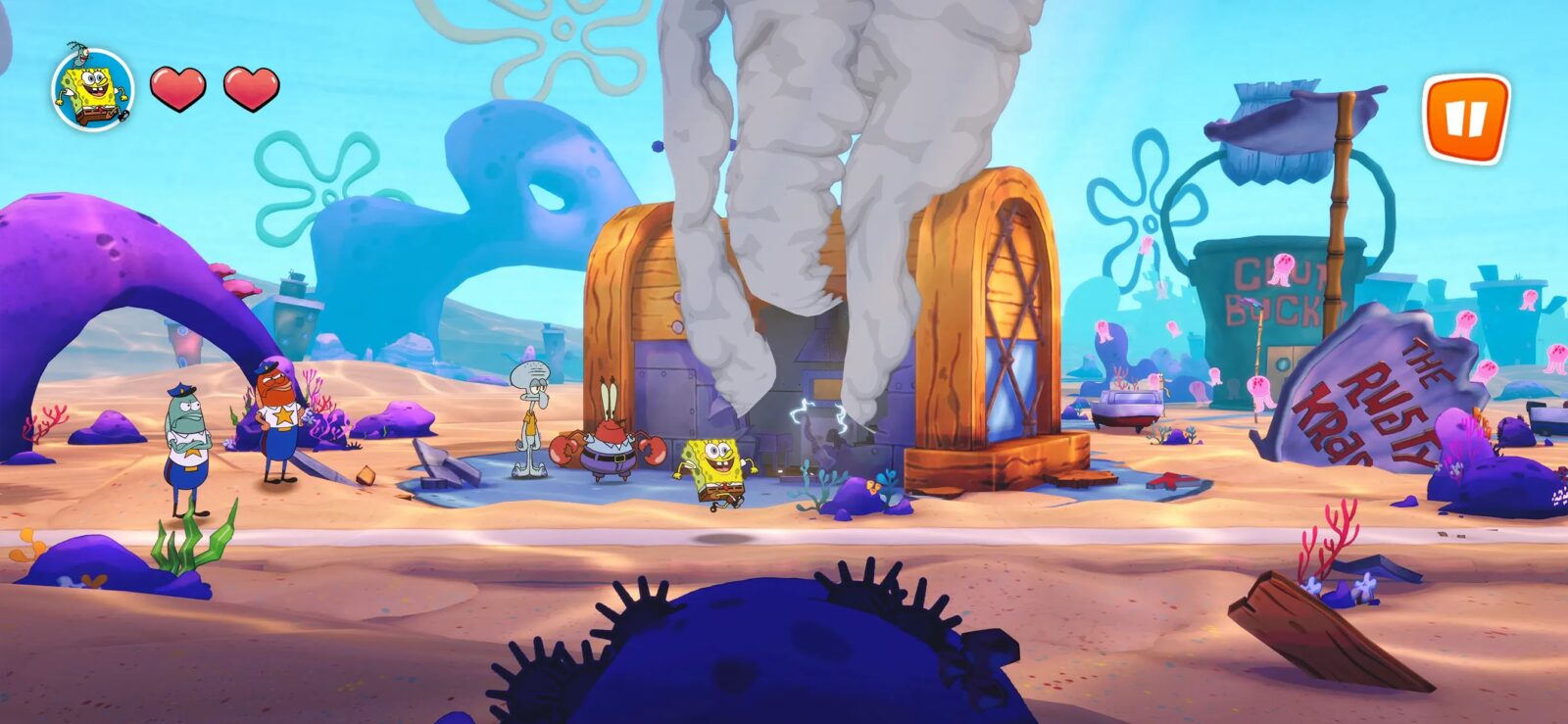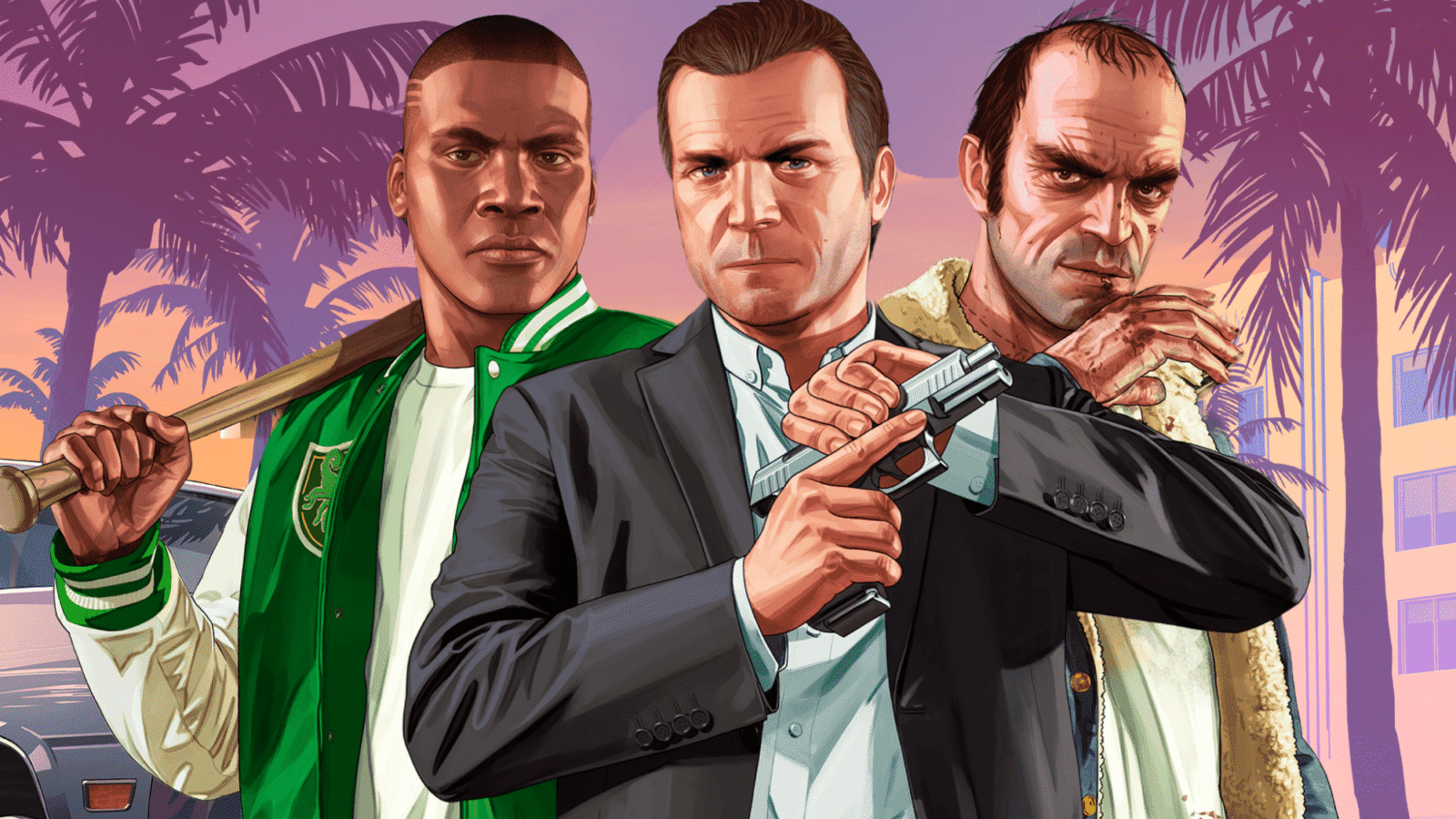TL;DR: Edgar Wright’s The Running Man (2025) reimagines Stephen King’s dystopian classic as a neon-soaked, high-octane satire starring a ferocious Glen Powell. Equal parts Baby Driver, Black Mirror, and The Hunger Games, it’s a thrilling, funny, and politically sharp rollercoaster with jaw-dropping action and a slightly too-safe ending. Still, it’s one of Wright’s most entertaining films yet — a bold, relevant sci-fi spectacle that deserves to be seen loud, big, and with your pulse racing.
The Running Man (2025)
Stepping into Wright’s Arena
I walked out of The Running Man sweating like I’d just been chased through a cyberpunk obstacle course built by Michael Bay, directed by Edgar Wright, and produced by a caffeinated Stanley Kubrick who’d discovered TikTok. The theater lights flickered back to life, my pulse still synced to the pounding rhythm of Glen Powell’s latest bout of movie-star swagger. Somewhere between the thrum of the soundtrack and the soft chatter of the exiting crowd, I caught myself grinning — that stupid, movie-high grin you get when a film just clicks.
That’s the Edgar Wright effect.
You walk in expecting a movie.
You walk out feeling like you’ve lived inside a music video shot with surgical precision and emotional chaos — a cinematic sugar rush that crashes straight into existential dread.
With The Running Man, Wright hasn’t just remade a cult sci-fi classic. He’s detonated it, reassembled the pieces, and rebuilt the whole thing into a mirror maze — one lined with screens, drones, and the endless hum of a world that consumes entertainment like oxygen. It’s part remake, part reclamation, and part prophecy.
But most of all, it’s a ride.
A ridiculous, furious, funny, politically-charged ride through a future that looks way too much like our present — where fame is currency, death is content, and survival is just a ratings boost away.
When Stephen King (writing as Richard Bachman) first dreamed up The Running Man, it was a dystopian nightmare of surveillance and class warfare. When Arnold Schwarzenegger’s 1987 adaptation hit the screen, it was a synth-soaked wrestling match between pulp violence and Reagan-era satire.
Now, in 2025, Edgar Wright and Glen Powell have taken that DNA — all the satire, all the sweat, all the screaming crowds — and fused it into something sleek, chaotic, and strangely heartfelt.
And I’ll say this right now: this movie shouldn’t work as well as it does. But it absolutely does.
The Dystopia We Deserve
Here’s the setup: Ben Richards (Glen Powell, ditching his trademark smirk for a bruised, desperate intensity) lives in a future America so bleak it makes Blade Runner 2049 look like a Club Med brochure. The air is toxic, the cities are dying, and the economy is so rigged that even a man with a pulse and a purpose can’t find a foothold. He’s blacklisted, broke, and watching his sick daughter fade while corporate networks broadcast game shows where contestants are hunted like animals for public amusement.
It’s the dystopia we were promised — and, if we’re honest, the one we’ve been building all along.
So when Ben volunteers for “The Running Man,” the deadliest reality show on Earth, it doesn’t feel like a plot twist. It feels like an inevitability.
That’s Wright’s first genius stroke — this world doesn’t feel sci-fi. It feels like next Tuesday. Every screen, every brand placement, every soundbite bleeds familiarity. It’s Black Mirror wrapped in a Hunger Games jumpsuit and sprinting on a Baby Driver tempo.
And that tempo? Good lord.
Wright’s editing has always been weaponized rhythm, but here it’s fully evolved. The film breathes like a playlist — one part industrial noise, one part synth nostalgia, one part pounding adrenaline. It’s cinematic cardio. Each cut lands on beat; every drone shot glides with mechanical menace. And yet, in the chaos, there’s coherence — a meticulous dance of motion and emotion.
Where Hot Fuzz mocked bureaucracy through bullets and blood, The Running Man weaponizes media itself. Wright’s camera doesn’t just watch the game — it participates in it. The drone footage, the security feeds, the influencer commentary — it’s all woven into the film’s visual language. You’re not an observer; you’re part of the audience. Complicit. Addicted. Just like the millions watching Powell’s Ben Richards fight for his life.
Glen Powell, Running on Fury
Let’s talk about Glen Powell.
We already knew the guy could charm (Top Gun: Maverick), punch (Devotion), and smirk his way through moral gray zones (Hit Man). But here, he’s something else entirely — raw, battered, stripped of vanity.
His Ben Richards isn’t a quippy hero. He’s a man suffocating under the weight of systemic cruelty. And Powell plays him like a powder keg.
In one early scene, he’s arguing with his wife (a quietly brilliant Jayme Lawson), his voice cracking as he tries to convince her that risking everything for “The Running Man” is their only chance. It’s the kind of moment that could’ve felt melodramatic — but Powell grounds it. You feel the desperation, the exhaustion. He’s a man who knows the system is a rigged game and still has the guts to play.
And when he’s thrown into the arena — all neon corridors, collapsing billboards, and electrified death traps — he runs like a man possessed. Not for fame. Not for fortune. But because stopping means erasure.
That’s what makes Powell’s performance so magnetic — the way he turns motion into emotion. Every sprint, every punch, every ragged breath carries history. You see it in his eyes — that flicker between rage and fear, courage and collapse.
It’s the best work of his career.
And yet, Wright surrounds him with a rogues’ gallery that threatens to steal the show.
Michael Cera (yes, Michael Cera) plays a psychotic trap-builder who turns entire city blocks into murder playgrounds — think Home Alone by way of Saw. His scenes are hilarious, terrifying, and weirdly poetic. Cera hasn’t been this good since Scott Pilgrim, and watching him reunite with Wright feels like a demented homecoming.
Then there’s Colman Domingo as Damon Killian, the show’s smooth, smiling host — part televangelist, part dictator, part Twitter algorithm in human form. Domingo doesn’t just chew scenery; he devours it, leaving digital glitter in his wake. Every monologue drips with charm and menace. He’s the devil wearing an influencer’s ring light.
Blood, Pop, and Politics
The brilliance of Wright’s Running Man is how it weaponizes absurdity. The violence is over-the-top, the dialogue self-aware, the world exaggerated — but beneath the chaos is a blade-sharp commentary on spectacle culture.
The film’s satirical bite hits hardest in the way it mirrors our own addiction to performance. Wright doesn’t have to spell it out; he lets us squirm. We laugh when a contestant’s death is remixed into a viral meme, then realize how disturbingly close that is to our actual media landscape.
It’s like Network met Ready Player One and decided to throw a rave at the end of civilization.
The tone constantly pivots between laughter and discomfort, and that’s precisely the point. Wright’s greatest trick has always been finding humanity inside hysteria.
There’s one scene — a brutal, messy chase through a shopping mall-turned-livestream studio — that crystallizes the movie’s thesis. Powell’s Ben fights a Hunter through aisles of glowing screens broadcasting their every move, while an in-universe comment feed scrolls in the corner. The crowd cheers, bets rise, emojis flood the air. The spectacle consumes itself.
It’s darkly hilarious. And horrifyingly familiar.
Cracks in the Code
Now, as much as I adore Wright’s precision and Powell’s ferocity, The Running Man isn’t flawless.
For one, it’s bursting at the seams with characters. And not all of them land.
William H. Macy and Katy O’Brian show up, deliver glimmers of brilliance, and vanish before their arcs breathe. Josh Brolin and Lee Pace — as rival corporate overlords — feel more like DLC bosses than fully-formed villains. And Emilia Jones’ late arrival as a hacker-turned-ally could’ve used another twenty minutes of backstory.
It’s classic Wright overstuffing — a buffet of brilliance that occasionally overwhelms the plate.
But the real point of contention? The ending.
Without spoiling too much (though we’re in spoiler territory, so buckle up), Wright diverges from King’s famously bleak finale. Instead of Ben’s martyrdom — the fiery, tragic rebellion that defined the book — we get a more hopeful twist. The machine bends, but doesn’t break. The revolution flickers, but doesn’t roar.
It’s not bad. In fact, it’s emotionally satisfying in a Hollywood sort of way. But it feels… safe.
After two hours of biting satire and emotional carnage, I wanted a gut-punch. I got a fist bump.
Still, even with that softened landing, the journey there is pure cinematic adrenaline — and it lingers.
The Wright Stuff
It’s impossible to watch The Running Man without feeling the fingerprints of Wright’s earlier work all over it.
The kinetic camera choreography of Baby Driver. The genre-twisting humor of Hot Fuzz. The meta self-awareness of Scott Pilgrim. And yet, this feels like his most politically charged movie — his angriest, weirdest, most urgent work since Shaun of the Dead.
Wright isn’t just remixing pop culture here. He’s interrogating it.
And in doing so, he’s made one of the few remakes that actually justifies its existence.
He’s taken a story about running — from death, from corruption, from yourself — and turned it into a reflection of how we run from truth, bury it under entertainment, and livestream our escape.
It’s bold. It’s messy. It’s imperfect. And it’s absolutely worth your time.
Verdict
The Running Man (2025) is a dazzling, chaotic, and strangely heartfelt resurrection of a cult classic — a film that sprints headlong into the dystopian madness of our era with style, satire, and soul. Glen Powell delivers his most intense performance yet, Edgar Wright stages some of the most inventive action sequences of his career, and even when the movie stumbles under its own ambition, it never stops moving. It’s funny, furious, and frighteningly relevant — a mirror we can’t look away from, no matter how distorted the reflection becomes.
It’s not perfect — but in a cinematic landscape drowning in safe reboots, this one runs on heart, craft, and chaos.







